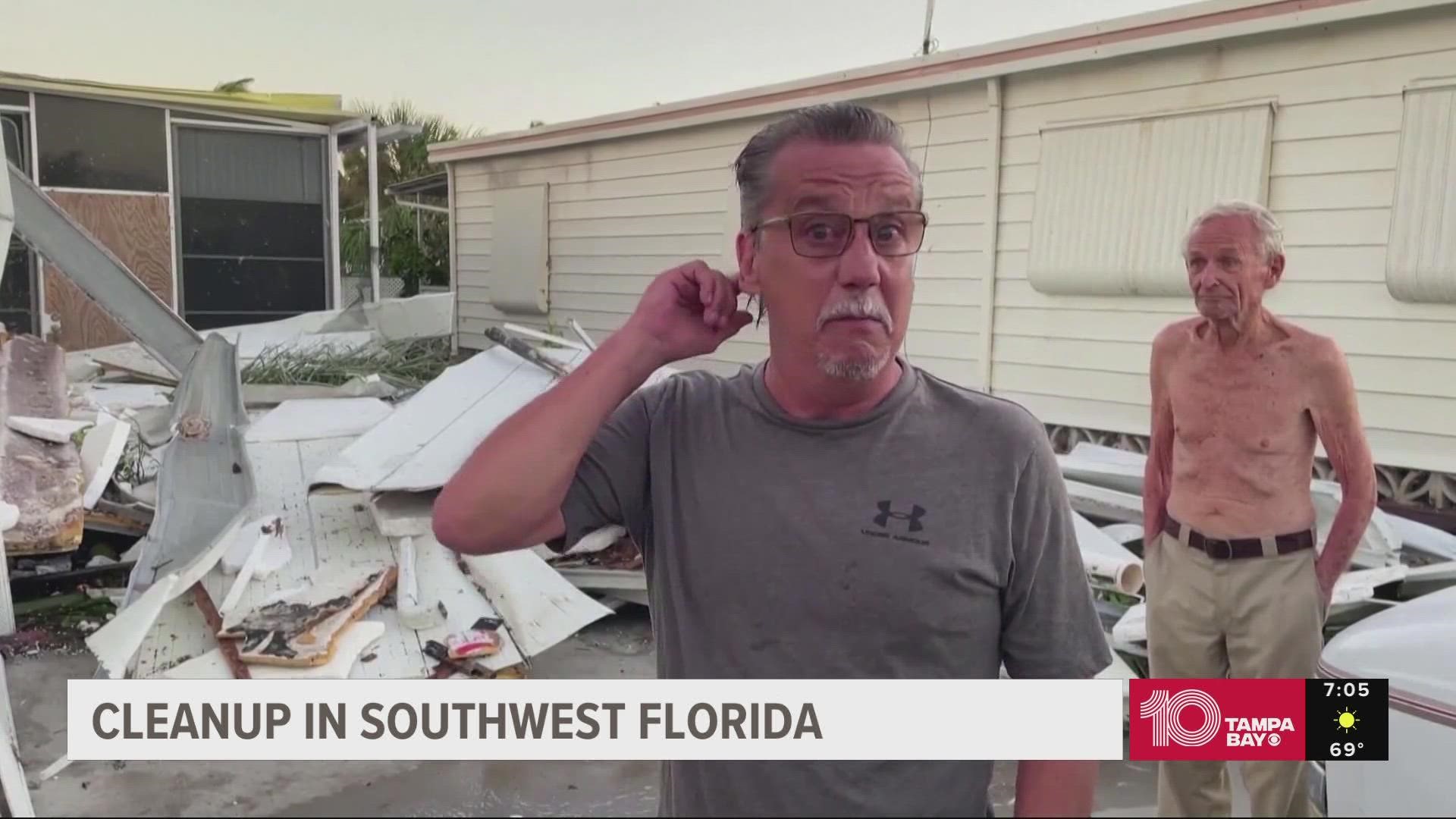TAMPA, Fla. — President Joe Biden declared a major emergency in Florida due to Hurricane Ian last week, preparing the region to receive federal assistance in the aftermath of the storm.
While Individual assistance has been declared by the president for people in the most affected regions, including the Tampa Bay area, the Disaster Supplemental Nutrition Assistance Program (D-SNAP) has not yet been approved.
10 Tampa Bay is working to learn more about when those benefits, which provide federal money to affected people for disaster-related expenses, may become available, but here's what you need to know about the program:
What is D-SNAP?
According to the Florida Policy Institute, D-SNAP is intended for situations in which a large number of people have significant disaster-related expenses yet are not eligible for regular SNAP.
Usually, D-SNAP provides one month of benefits to eligible disaster survivors, although that period may be lengthened in extraordinary circumstances.
Before opening D-SNAP in a disaster area, a state must receive an Individual Assistance declaration from the president, such as what has happened with Hurricane Ian.
The state must then request and receive approval from USDA’s Food and Nutrition Service (FNS) to operate a D-SNAP.
Who is eligible for D-SNAP?
Only those living in counties under an Individual Assistance declaration can apply for D-SNAP benefits.
For Hurricane Ian, this includes people living in Charlotte, Collier, DeSoto, Hardee, Hillsborough, Orange, Osceola, Lee, Manatee, Pinellas, Polk, Sarasota and Seminole counties.
D-SNAP eligibility criteria is different than normal SNAP benefits. To determine if you would be eligible, calculate:
Your household's accessible resources, plus expected take-home income during the disaster period, minus unreimbursed disaster expenses.
You can view the household income limits here.
According to Department of Homeland Security's disaster assistance website, disaster-related expenses include the following:
- Home or business repairs.
- Temporary shelter expenses.
- Evacuation or relocation expenses.
- Disaster-related personal injury, including funeral expenses
- Lost or no access to income due to the disaster; includes reduced, terminated, or delayed receipt of income, for a large part of the benefit period.
- In some cases, food loss after a disaster like flooding or power outages.
What other federal assistance is available?
Wednesday, as Florida prepared for Ian's landfall, the USDA's Food and Nutrition Service approved the Florida Department of Children and Families (DCF) request for early issuance of October 2022 benefits to SNAP households that receive their benefits between October 1 and October 14.
The statewide waiver applies to SNAP benefits in all households that receive benefits during this timeframe.
Those on SNAP benefits can find more information about this specific disaster assistance here.
Additionally, FEMA has opened an online application for disaster assistance for those in the affected counties. Visit their website and enter your zip code to see if you qualify for individual assistance.

